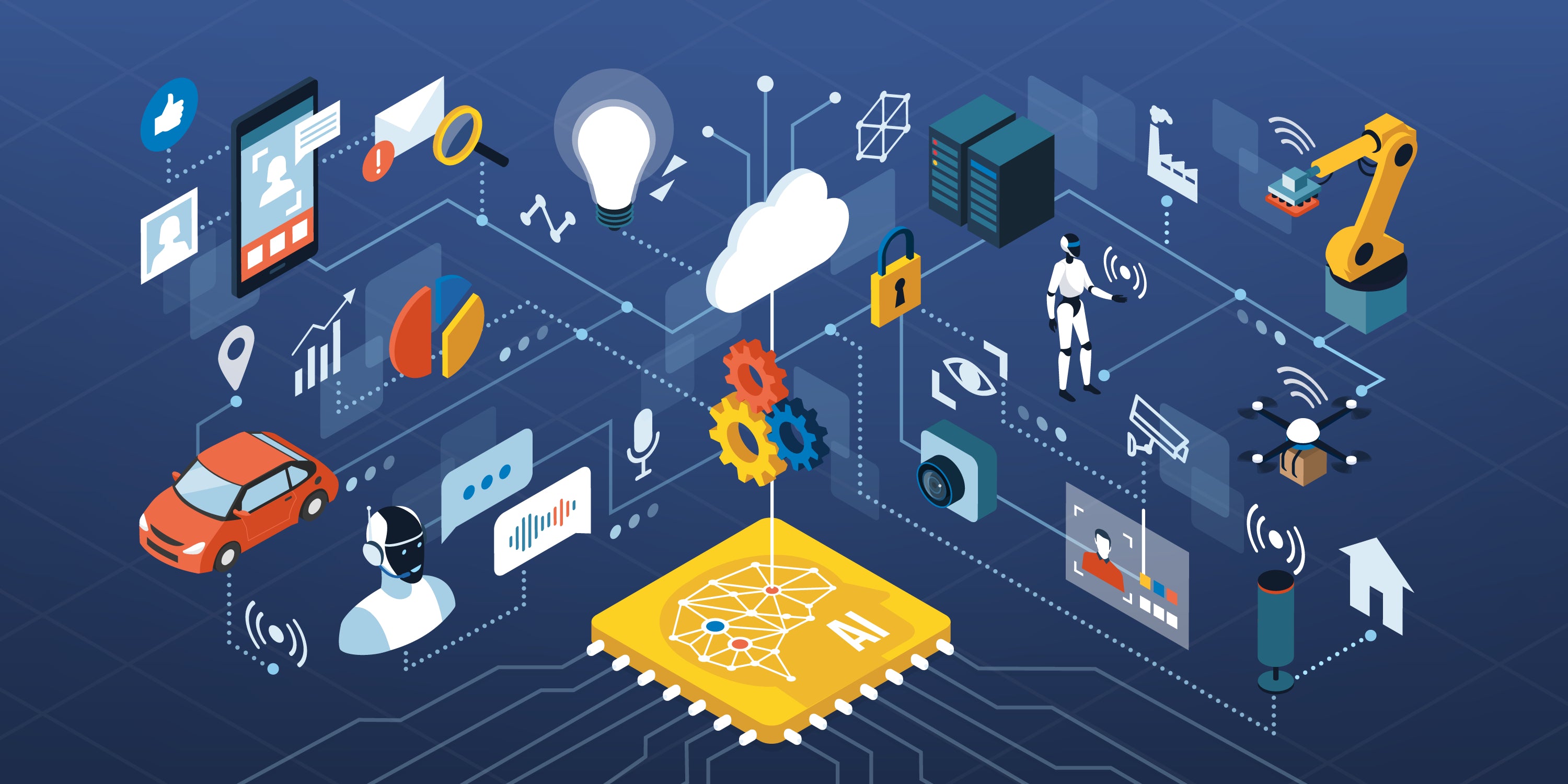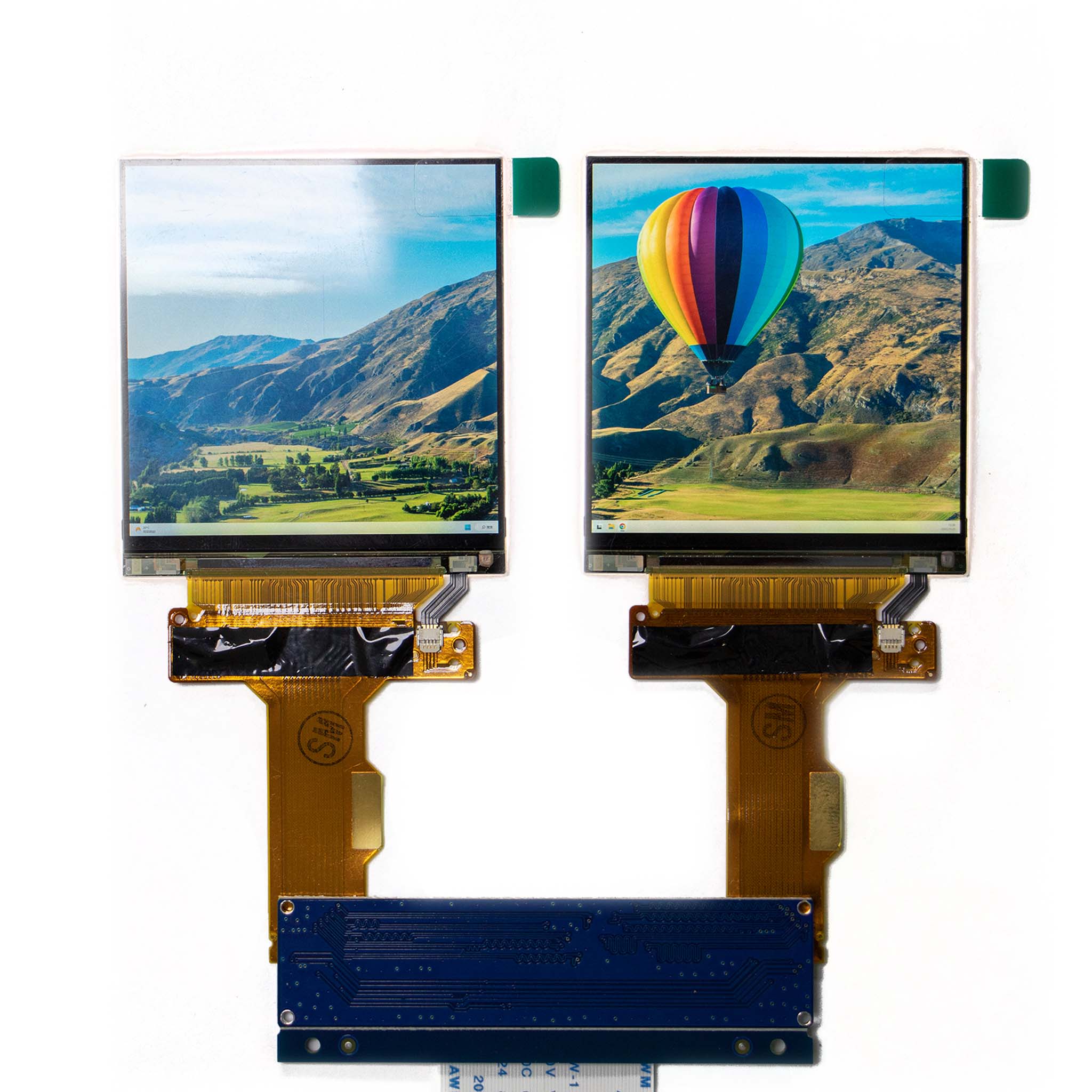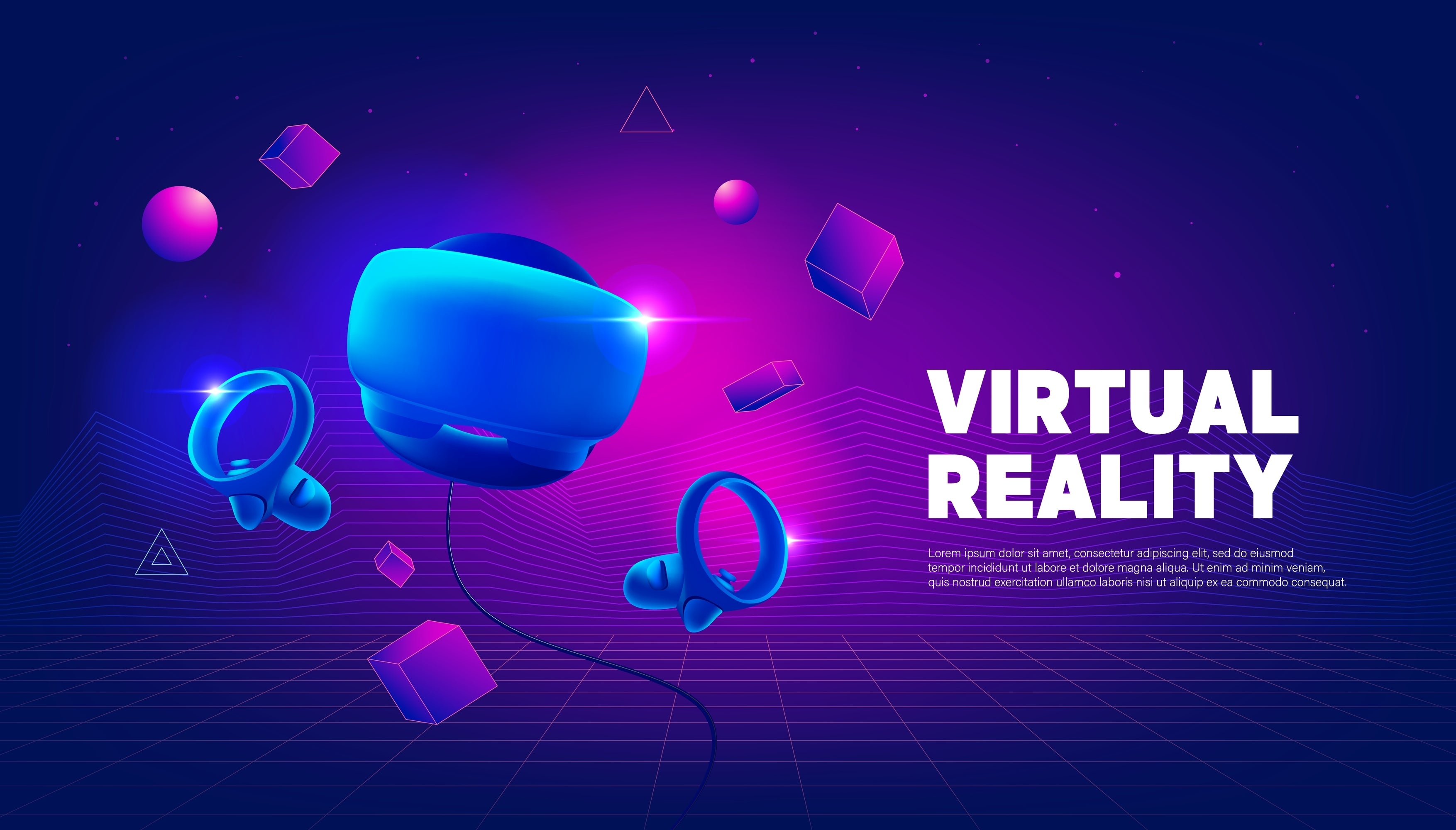AR and VR are two distinct technologies used in the realm of digital experiences. AR stands for Augmented Reality, while VR stands for Virtual Reality.
Augmented Reality (AR) is a technology that superimposes digital content onto the real world, allowing users to interact with both the physical and digital world simultaneously. AR can be experienced through devices like smartphones or tablets, which use the camera to overlay digital content onto the real world. Examples of AR include Snapchat filters, Pokémon Go, and the IKEA Place app.
Virtual Reality (VR), on the other hand, is a technology that creates a completely digital environment, replacing the real world entirely. Users typically wear a headset that covers their eyes and ears, creating an immersive experience that shuts out the physical world. VR can be used for gaming, education, and training simulations, among other things.
Applications of AR and VR
The application areas of AR are very wide, such as retail, healthcare, education, tourism, entertainment, advertising, manufacturing, and many industries that may be applied in the future.
In the retail industry, some AR-based applications have been developed, providing a unique interactive way to enhance the shopping experience for users. For example, the Sephora Virtual Artist app uses AR to allow customers to try on makeup virtually. The app uses the smartphone camera to superimpose a digital image of the makeup onto the user's face, allowing them to see how the product will look before making a purchase. The Sephora Virtual Artist app works by using facial recognition technology to detect the user's facial features and apply the makeup in real-time. The user can choose from a variety of products and colors, and the app will automatically apply the makeup to the user's face. The user can then see how the makeup will look from different angles, and even take a photo of themselves wearing the makeup. This allows customers to try on makeup without having to physically apply it, which can be especially useful during the COVID-19 pandemic when many stores have closed their makeup testers.
AR can also be used in education to provide students with an interactive and engaging learning experience. For example, the WWF Free Rivers app uses AR to teach students about rivers and their importance in the ecosystem. The app allows students to explore a virtual river and learn about different species that live in and around the river. The WWF Free Rivers app works by using the smartphone camera to superimpose digital content onto the real world. Students can point their phone at a flat surface and the app will create a virtual river that they can explore. The app includes interactive features such as games and quizzes to engage students and reinforce their learning. The app also includes a feature that allows students to monitor the health of real rivers around the world and learn about conservation efforts to protect them.
One of the most popular applications of VR is in gaming. VR allows players to immerse themselves in a virtual world, creating a more engaging and realistic gaming experience. One example of a popular VR game is Beat Saber. Beat Saber is a music-based rhythm game where players use two lightsabers to slice through blocks that correspond with the beat of the music. Beat Saber works by using a VR headset and controllers to track the player's movements in real-time. The player wears the headset, which displays a virtual world in 3D. The controllers are used to simulate the lightsabers, and the player must move their arms and slice through the blocks as they appear. The game includes a variety of songs and difficulty levels, allowing players to challenge themselves and improve their skills over time. Beat Saber has become a popular game for VR enthusiasts and has even been used as a form of exercise.
Read more

Augmented reality (AR) is a rapidly developing technology that is changing the way we interact with the world around us. AR applications overlay virtual content onto the real world, requiring displ...

Fast-LCD thrives in VR for its 90-120Hz refresh rates, ≤1ms response cutting motion blur, and zero burn-in risk vs OLED. Cost-effective, it pairs well with Pancake optics (e.g., Meta Quest 2), bala...



Leave a comment
This site is protected by hCaptcha and the hCaptcha Privacy Policy and Terms of Service apply.